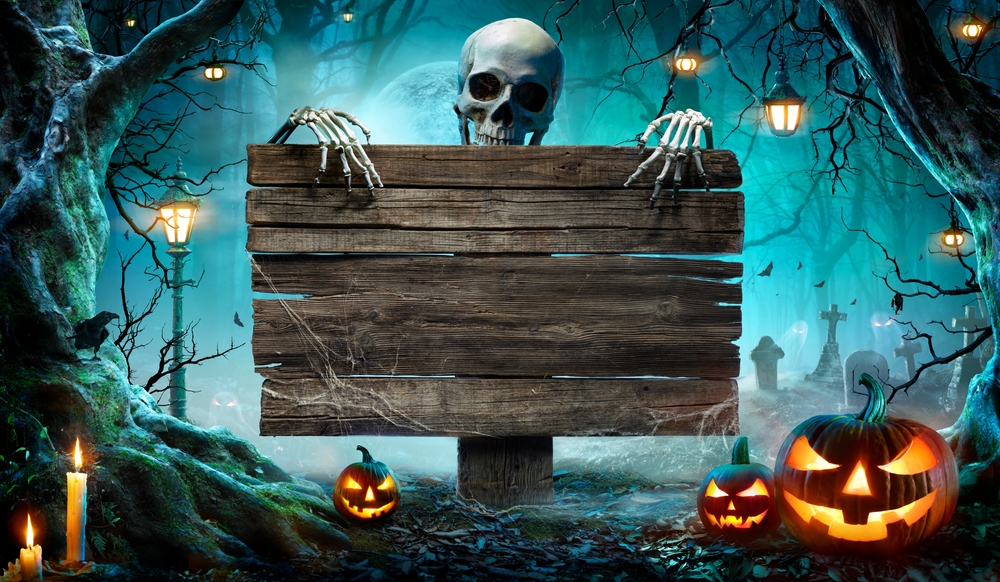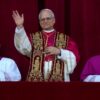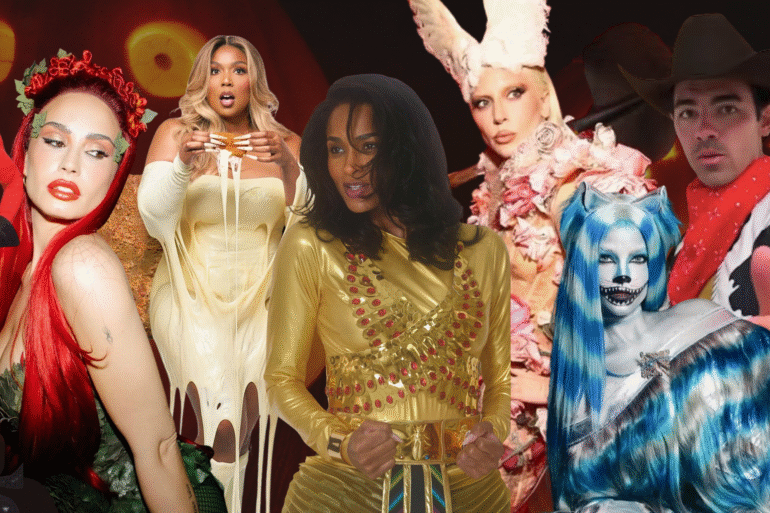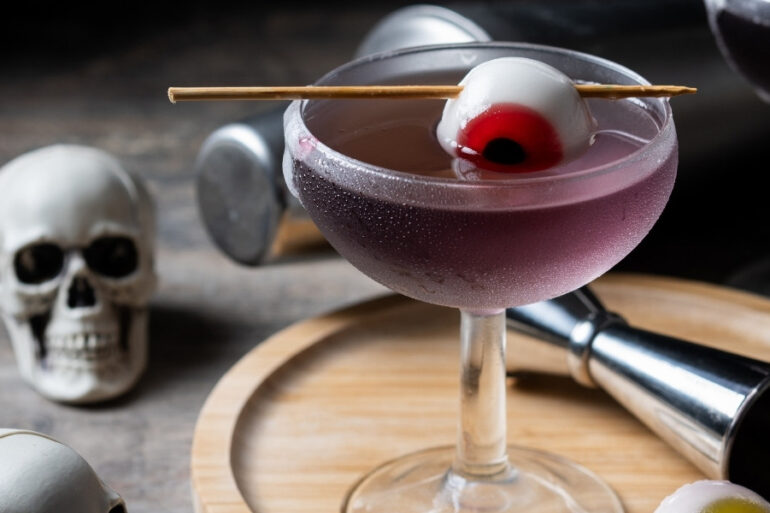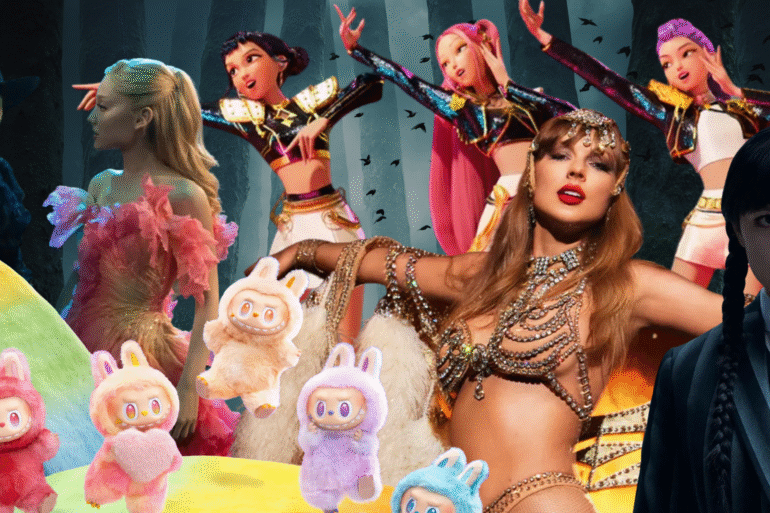I used to think that Halloween was frivolous and immoral. Now, I don’t think I’d ever want to miss it again.
As I am writing this piece, my partner and I are preparing our Halloween costumes for the festivities later at Poblacion. I’ve been seeing many posts about Halloween parties and costumes online too, so I’m getting quite excited for the evening ahead.
That I’d become eager to celebrate Halloween is an unexpected yet pleasant development on my end. No thanks to a period of repression and bouts of insecurity, I only began dressing up and enjoying the spooky season in my adult life last year. Prior to that, the last time I wore a costume for Halloween was when I was five: I went to school as Spiderman because he was the only superhero I somehow liked, and I was fond of climbing door frames when I was a kid.
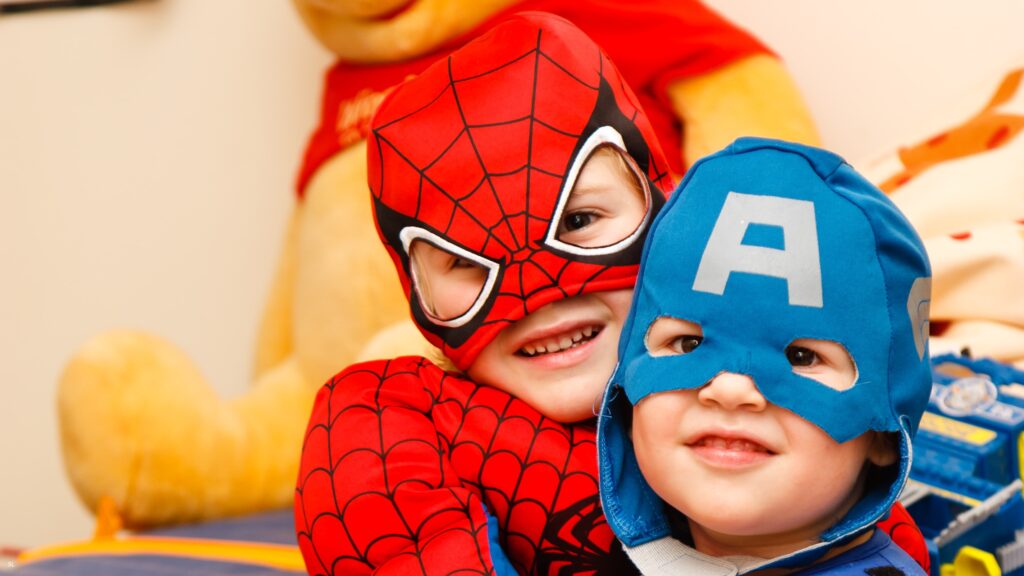


In hindsight, growing up, I may have failed to see how Halloween functions for others as an outlet for creativity, an avenue for fun, and even a safe space to celebrate one’s inner freak (how you wish to interpret “freak” is up to you).
My primarily Christian elementary school, which I am grateful for academically, did a great job of teaching us that Halloween was an “evil” tradition that attracted dark and, by implication, “unholy” energy. (Side note: this was also the reason why the Yu-Gi-Oh! Trading Card Game, which references demons and other traditionally “evil” motifs, was banned in school while the cutesy creatures of Pokémon were allowed.)
In a way, my teachers were somehow right, but I doubt they were referencing the Celtic roots of Halloween; rather, they were insistent on warding off things that go against Christian values. Several sources trace Halloween’s origins to the ancient Celtic festival of Samhain (pronounced as “sow-in”), a pagan celebration that marks the end of summer and celebrates their harvest.
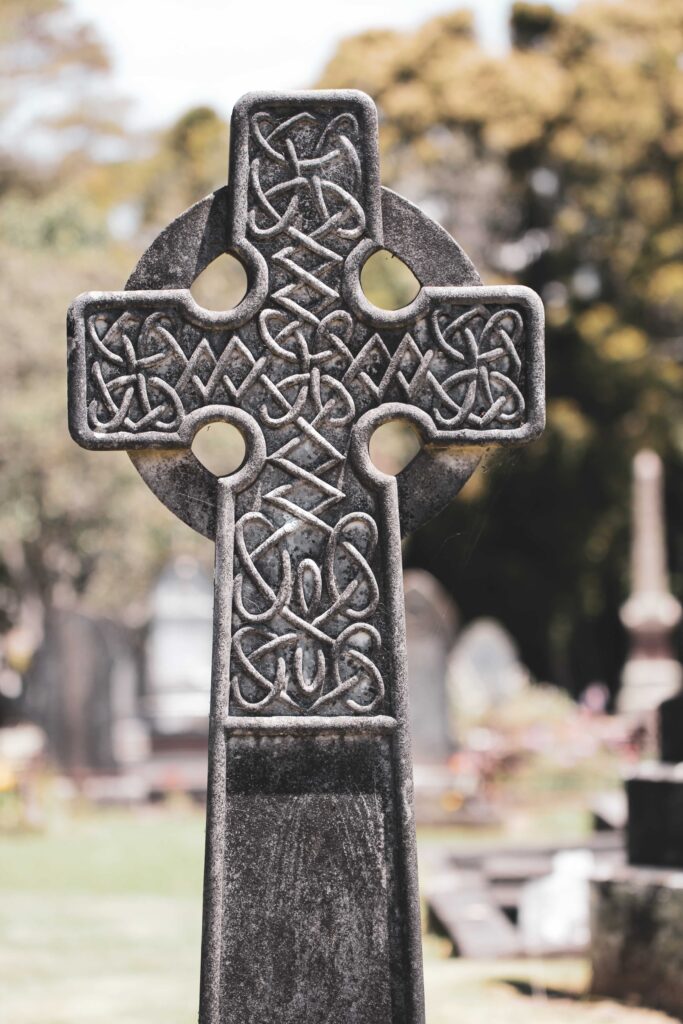


The festival is held prior to the long, dark winter, which the Celts associated with death. The transition time from the harvest to the bitter cold was also believed to be a period where legions of ghosts roamed the Earth; hence, bonfires were lit and costumes were worn to stave off the spirits. The scarier one’s costume was, the more unlikely that the spirits would hound them.
That Halloween falls prior to two church holidays is a development from over a millenia ago, when Christianity was expanding its influence in Europe. Back in the eighth century, Pope Gregory III designated November 1 as a day to honor saints; in A.D. 1000, All Souls’ Day was created, presumably to replace the old Celtic tradition of Samhain.
Fast-forward to today, Halloween has become sort of a mixed bag of traditions and festivities. Granted, the spooky or horror element has remained, though I think not everyone is aware of why we dress in such a manner in the first place—I myself only learned of the Celtic roots just recently.
Perhaps what’s more inculcated in today’s cultural zeitgeist (or maybe just the ladies and the gays) are the wise words of transfer student Cady Heron from Mean Girls: “In girl world, Halloween is the one night a year when a girl can dress like a total slut and no other girls can say anything about it.” That’s why you have everything from sexy bunnies to slutty nurses, macho handymen, and titillating ghosts.
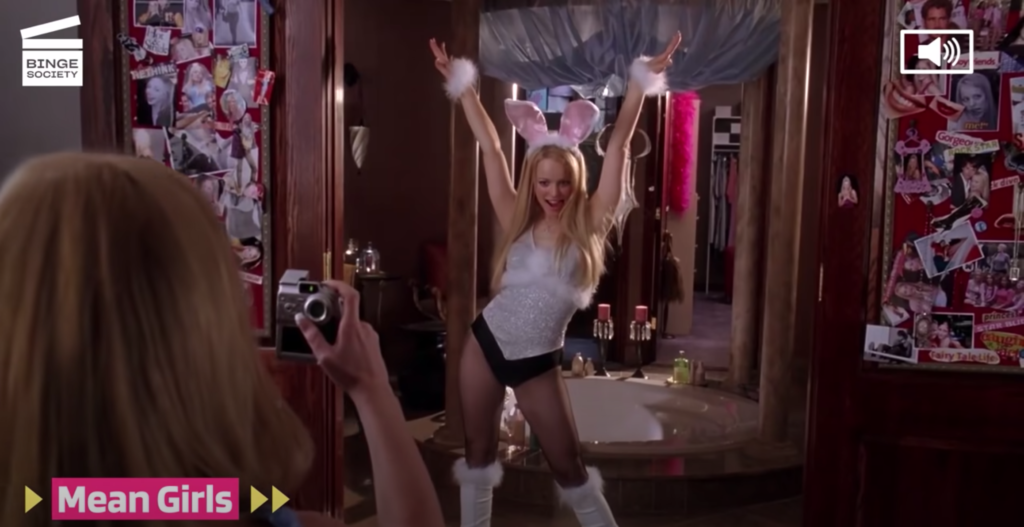


The free-for-all nature of Halloween today adds to the fun and creativity of it all, but it has also opened up more conversations on what we deem as tasteful or appropriate—not so much in the sexy side of things (it’s a given that there will be at least one scantily clad individual in a Halloween party), but more on dressing up as other cultures, or even cosplaying certain professions.
In recent memory, thanks to conversations about cultural appropriation, I haven’t seen anyone do blackface here in Manila (and, funnily enough, celebrities here and abroad who have done it before are being crucified for it). Also just recently, though it’s less talked about, there have been conversations about how tasteful it is to dress up as workers that, historically in the Philippines, have been paid either minimum wage or unfairly. This may merit another article or discussion in itself.
But what I’ve recently experienced as a queer individual—and this is something that my peers that have been out and proud for the longest time have been relishing—is the power of Halloween to express sides of ourselves that we’ve kept hidden or viewed as shameful.
I might be overreaching here, given that last year I went as a stack of hollow blocks held together by steel rings (and nothing underneath but skimpy shorts), but that in itself—a display of skin, a touch of bondage, and a cheeky message (my partner went as a macho construction worker, for context)—was quite the freeing act that my younger self, who saw Halloween as frivolous and the slightest expression of sexuality as tasteless and borderline immoral, would not have done.
After all, so long as there isn’t any indecent public exposure being done, there’s nothing really wrong with showing the world that you have that freaky side to you.
I could imagine how it’s more liberating to my other queer fellows who take their costumes to the next level with makeup and costumes that scream “I worked hard for this!” (or “I paid good money for this!”). Wearing something that affirms your gender, showcasing how you transform your inner demons into a macabre outfit that’s hauntingly beautiful—these are just some examples of how we get to use Halloween as a celebration of our innermost identities, desires, and fantasies.
So, while Halloween has now taken on different meanings for different folks, that it has now become an avenue for the queerest folk to explore who they are and show it to the world makes the spooky season more exciting for me than most holidays. And at the end of the day, what’s most important is that we all get to do it in good fun and high spirits.

